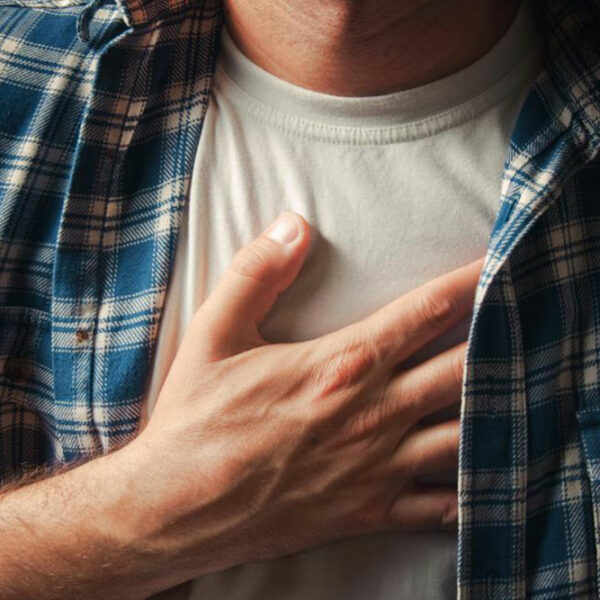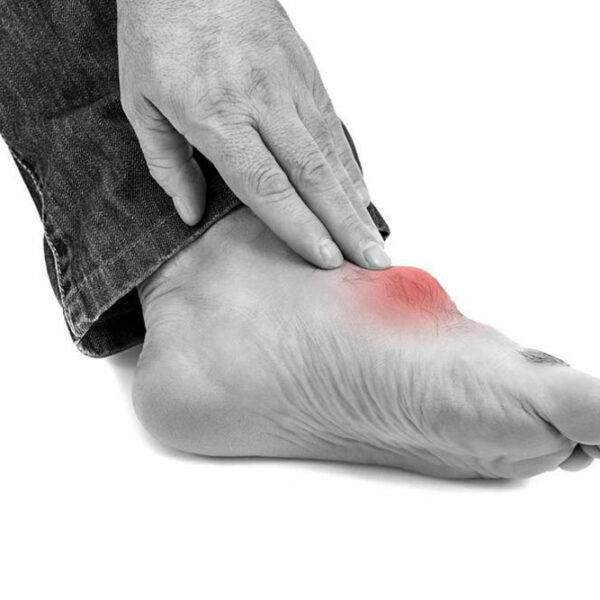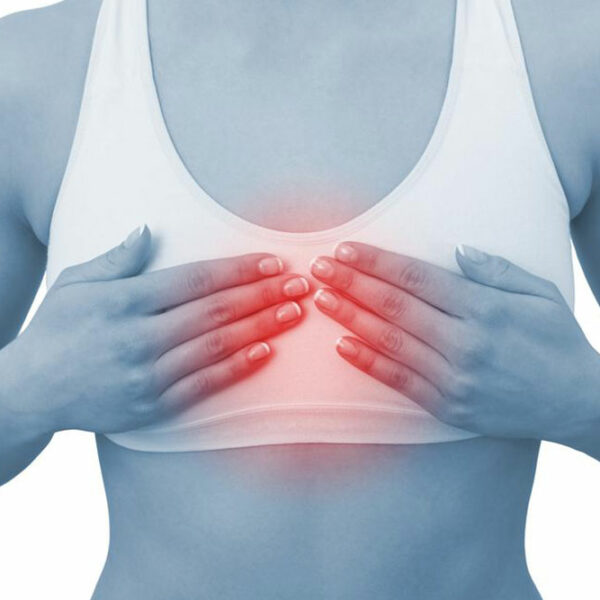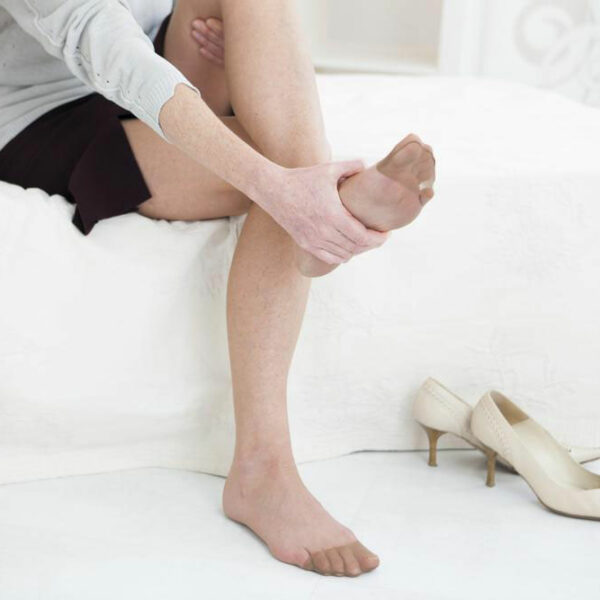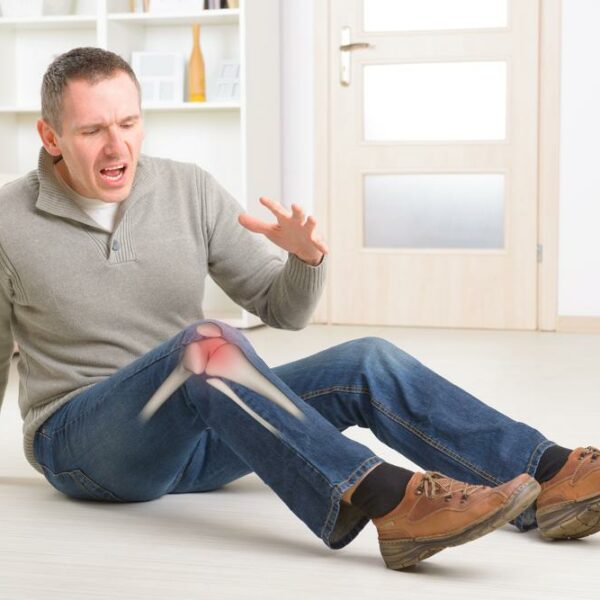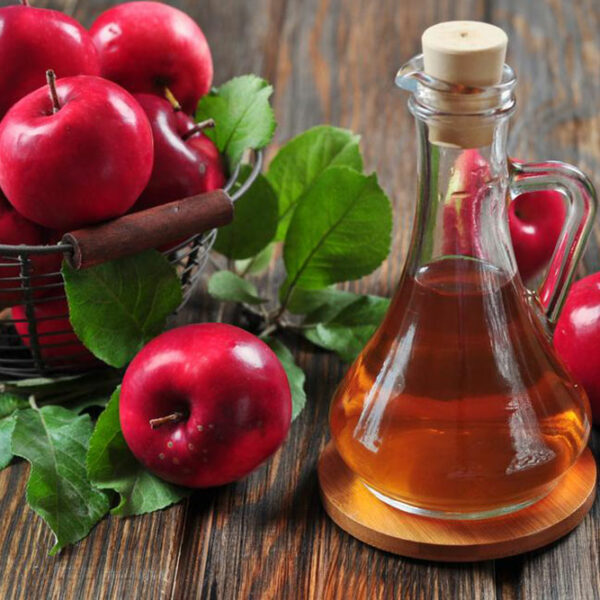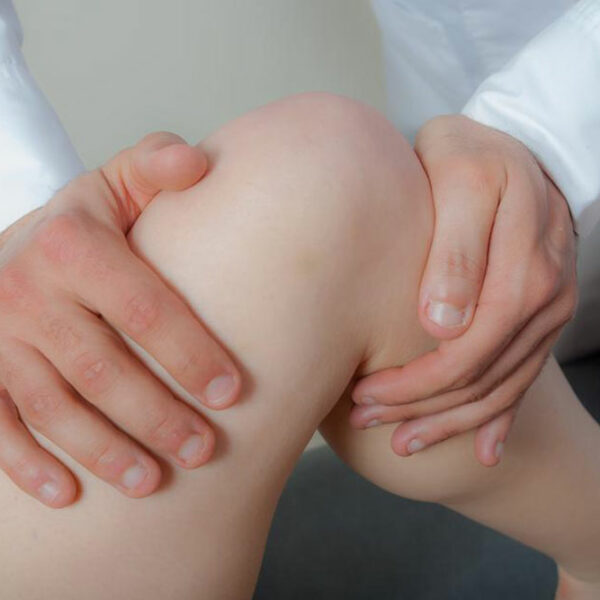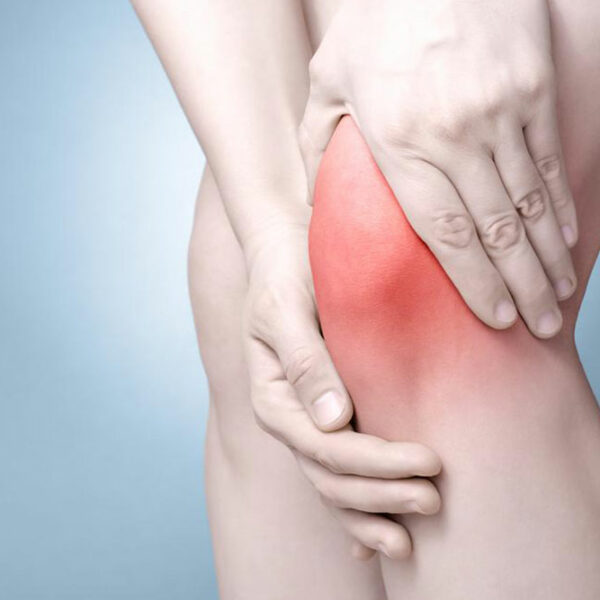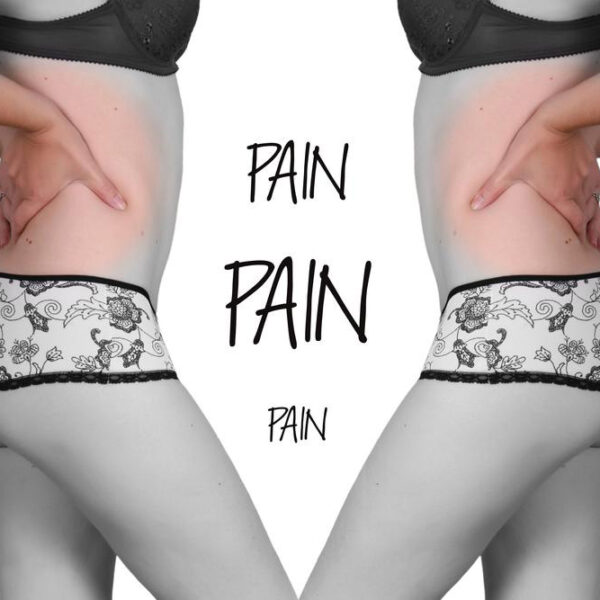
Overview of sciatic nerve pain and ways to get relief from it
Incessant nerve pains affect a large percentage of people with diabetes and other health conditions and it is difficult to live with it. Read on to get an idea about nerve pain and how you can get effective nerve pain relief. What are sciatic nerve pains? As you know, our nerve is responsible for carrying the impulses of sensation from the spinal cord or brain and to other body parts. The nervous system plays an integral part in everything your body does. Damage in any of the nerve can lead to nerve pains. The sciatic nerve is the largest nerve in your body. It runs from the lower back to the hip and reaches the ankle. Any damage or extra pressure in this nerve can cause intense pain in the legs. The condition is referred to as sciatica. Symptoms of sciatic nerve pain The sciatic nerve pain occurs in one part of the leg, usually towards the lower end. It can be accompanied with numbness and tingling sensation in some people. Sometimes there will not be severe pain, but numbness or weakness of the leg may occur. At night, the pain aggravate in some patients, making it difficult for them to get proper sleep.
